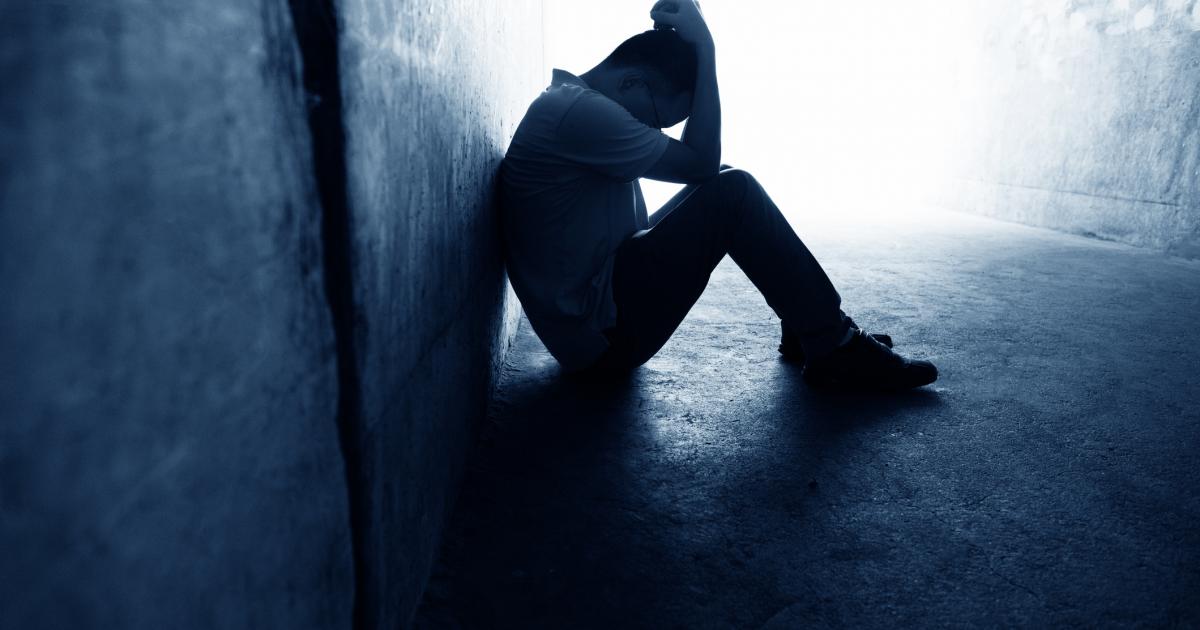A School Shooting is an attack on a school, educational institution, or a gathering of people. The shooters usually use a firearm. A large number of these shootings are considered mass shootings. In this article, we look at the different types of school shootings, psychiatric disorders that are common among shooters, and the media portrayal of these shootings. This article will help you understand why school shootings are so common and what we can do to prevent them from happening.
School shootings are a crime and safety issue
In the wake of the recent Columbine High School shooting, school safety is a major concern for many stakeholders. Recent school shootings, including Sandy Hook and Marysville-Pilchuck High School, have increased the number of people who worry about school safety. There is a heightened level of public concern over school safety, with nearly 50% of parents of children in K-12 believing that a school shooting could happen. The Columbine shooting, which left 13 students dead, has elevated public concerns about school safety to epidemic proportions. In fact, according to a recent Washington Post survey, school shootings are a concern for almost seventy percent of secondary school students and 51 percent of parents with children in K-12.
Although fewer school shootings occur in high-risk areas, a single incident can have profound effects on the community. These incidents affect relationships between community members and families. A school shooting can result in a sense of ongoing danger, and may also alter the community’s sense of belonging. This makes it even more important to develop a comprehensive school safety plan. And while the NCES report uses a broad definition of “shootings,” it also includes instances of bullets striking school grounds in cities like Texas specially .
According to the National Center for Education Statistics, the number of school shootings has increased since 2009. In 2009, there were only 11 incidents of school shootings. By 2021, however, the number of incidents is projected to increase to 93. And the number of students reporting incidents of cyberbullying has risen dramatically in the last decade, from eight percent to nearly 15 percent. This is an alarming number that should be addressed as soon as possible.
Psychiatric disorders in school shooters
While most of the mass shooters that took part in the tragic events at Newtown, Connecticut, and other mass gatherings had mental illness, not all of them were diagnosed. In fact, in less than 10 percent of all shootings, the suspect had a psychiatric disorder. While there is no way to determine the mental state of all mass shooters, identifying those with psychiatric illnesses could provide some insight into the causes of mass murders.
To study mass shooters, researchers used court records and contacted psychiatric professionals. While most mass shooters die during confrontations, many of them have difficult psychiatric histories. To better understand these individuals, researchers developed standardized questionnaires and compared them with data obtained from writings, video interviews, and court documents. They also reviewed the responses from family members, friends, and peers.
While school shootings are rare, they do have an underlying psychological disorder that can influence the decision to engage in violence. The majority of school shooters report a mental illness, although some young people may experience less severe problems. Yet, unfortunately, 75% of these individuals never receive the appropriate treatment for their mental health conditions. In response to this problem, schools should establish threat assessment teams in every school, and firearm access should be restricted in the homes of children and adolescents.
Media portrayal of school shootings
Mass killings have largely been portrayed as the product of one or more factors, including a gunman’s mental illness and the availability of military-style semi-automatic weapons. Because the gun industry has long lobbied for such weapons, the availability of these weapons is often made possible, in part by the actions of right-wing politicians. But recent school shootings have also been portrayed in a more reductive way, with media focusing on the gender of the shooter. One example of this is the New York Times’ front-page story on June 2nd, which looked at the disproportionate number of shooters and the age of those who commit the crimes.
Reporting the name of the shooter may provide a glimpse into the background of the killer, including his or her family and friends. Reporting the shooter’s name is vital because it can reveal the events that led to his or her violence. By keeping the shooter’s name anonymous, responsible news organizations may risk driving readers to the dark corners of the Internet and providing inaccurate information. Moreover, the blackout of the shooter’s name could prompt people to seek out fanciful information about the shooter.
The media’s role in promoting mass violence is undeniable. In addition to broadcast news, print media and the Internet are the most influential vectors of this violence. However, changing the way the media reports on these events could prove difficult. As long as the media is willing to take on this task, the possibility of a change seems high. But with the growth of social media platforms, this may not be an easy task.

